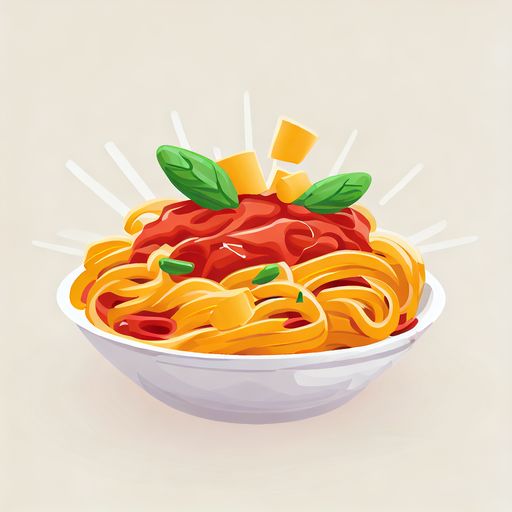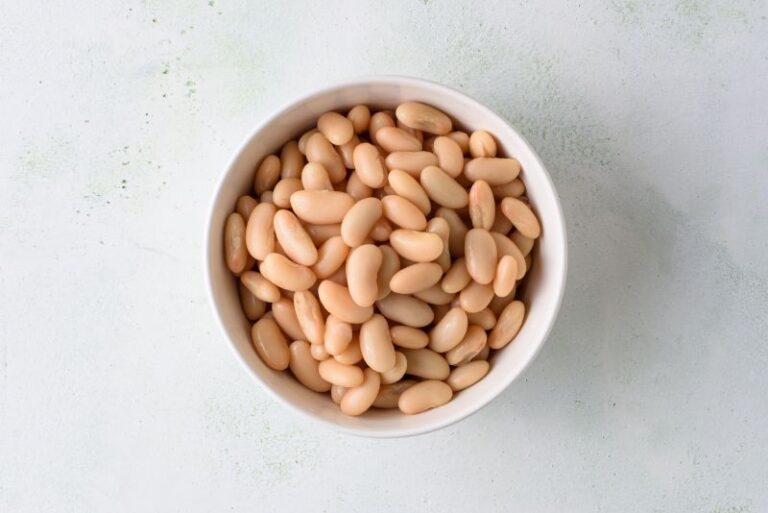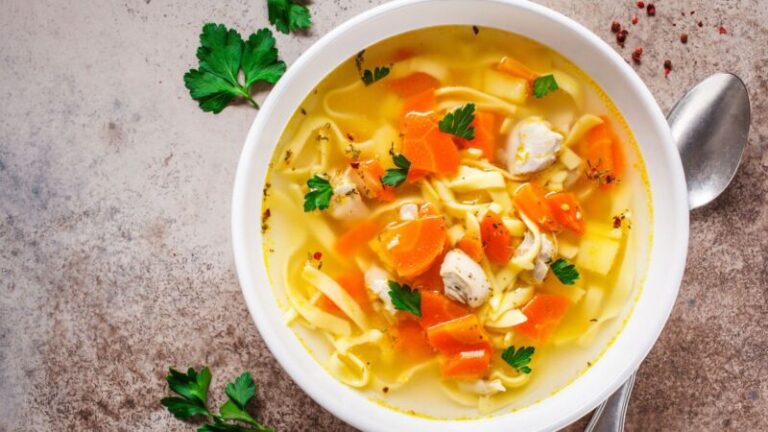Can I Use Red Onion Instead Of White In Pasta Sauce?
Pasta sauce is a staple in many home kitchens. The rich, flavorful tomato-based sauce can transform a simple bowl of spaghetti or penne into a deeply satisfying meal. Onions play an important supporting role in pasta sauce, providing aromatic depth and savoriness. But what if you don’t have the ‘right’ onion on hand when a pasta sauce craving strikes?
If your recipe calls for white or yellow onion but all you have is red, fear not. You can absolutely use red onion instead with very little difference in the final dish. This article will cover everything you need to know about substituting red onion for white or yellow in pasta sauce recipes.
What Happens If I Use Red Onion In Pasta Sauce?
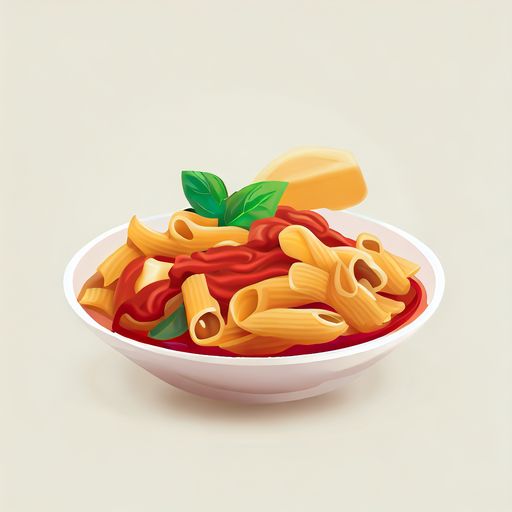
Overall, swapping red onion for white or yellow onion will not drastically change your pasta sauce. When cooked, the flavors of the different onion varieties become quite similar. The main differences you may notice are:
- Red onions have a more subtle flavor. They tend to be less pungent than yellow onions, so using them in pasta sauce results in a slightly milder taste.
- Red onion’s taste is not as sharp. The flavor mellows out when cooked, losing the bite of raw red onion.
- You can substitute them directly. Measure for measure, you can simply use chopped red onions instead of chopped white or yellow onions.
- The sauce may have a faint pinkish hue. In very light-colored sauces, red onions can impart a subtle pinkish tone.
Aside from a slightly more mellow flavor and tinge of color in some sauces, red onions are an excellent substitute for white or yellow onions in pasta sauce recipes.
Are White And Yellow Onions Different?
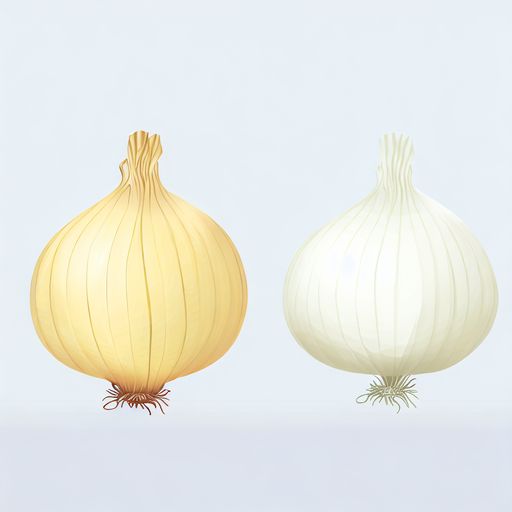
These days, “yellow onion” tends to be used as an umbrella term for the standard brownish onions you’ll find in most grocery stores. However, you may also see white onions from time to time. So what’s the difference?
Yellow onions have a golden brown, papery outer skin and pale yellowish-white flesh. They have a sharp, pungent flavor when raw that mellows out and becomes sweeter as they are cooked. Yellow onions are an ideal all-purpose choice for pasta sauce thanks to their rich flavor and tendency to caramelize beautifully.
White onions are typically smaller and have a bright white flesh. There are a few different varieties of white onion, some with stronger flavors than others. In general, white onion varieties tend to be milder and more softly flavored than yellow onions. They are often used raw in quick Latino or Central American dishes like salsa and guacamole.
When it comes to pasta sauce, both white and yellow onions work very well. White onions will impart a slightly more delicate flavor, while yellow onions are bolder. But the differences are not major. Use whichever you have on hand!
Difference Between Red and White or Yellow Onions
Now let’s explore how red onions differ from white and yellow varieties:
- Red onions are often consumed raw, lending a lovely pop of color to salads, sandwiches, and charcuterie boards thanks to their vivid purple hue. They have a mildly sweet flavor when raw.
- White onions have thin, paper-like skins and a milder taste. They are a staple in Mexican, Central, and South American cuisine, often used for quick-cooking dishes.
- Yellow onions are what most of us think of as standard onions. They have a stronger, pungent flavor when raw that becomes nicely mellow and sweet when cooked.
When cooked, red and yellow onions start to taste quite similar. The main difference remains the slightly milder flavor of red onions.
Which Onions Are Suited To What Recipes?
Now that we’ve compared some key traits of the most common onion varieties, let’s summarize which types work best in different recipes:
- Yellow onions are extremely versatile in cooking. Their robust flavor holds up well to long simmering, sautéing, roasting, or grilling. Yellow onions are a great choice for pasta sauce thanks to their texture and bold flavor.
- Red onions work both raw and cooked. Their mild taste is perfect for fresh applications like salads, but they also suit most cooked dishes. Use them anywhere you would use a yellow onion. Just keep in mind they can sometimes discolor lighter ingredients.
- White onions are best suited to recipes with shorter cooking times since their delicate flavor fades with lengthy cooking. They shine in quick Latin American dishes like salsa fresca, pico de gallo, and guacamole.
Conclusion
At the end of the day, red, white, and yellow onions can all be used with excellent results in pasta sauce recipes. When cooked, the flavor differences become quite subtle. Opting for red over white or yellow will give you a slightly milder flavor and possibly a faint pinkish hue.
When a recipe calls for white or yellow onion but red is all you have, go ahead and use it! There may be small differences in taste but nothing major. On the other hand, if you prefer a more pronounced onion flavor, yellow onions are ideal. Choose based on your personal tastes and what you have on hand for a delicious pasta sauce.
